Yes, we’re going there – even if the Doctor can’t. What prevents the Time Lord from rescuing the stricken Amy Pond?
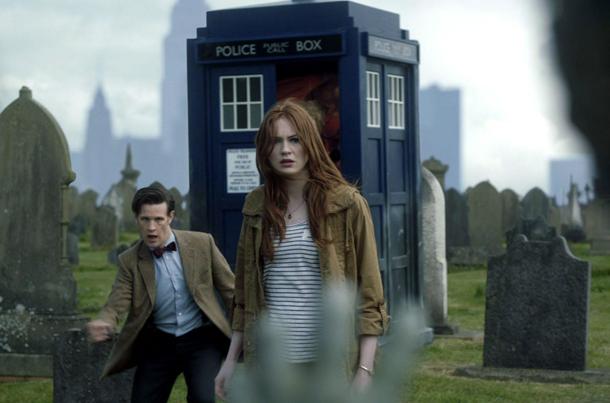
The 2012 episode ‘The Angels Take Manhattan’ sent shockwaves through the Whoniverse. This was the very last adventure for Amy Pond – a popular companion who had travelled with the Doctor since ‘The Eleventh Hour.’ It was also the last to feature her husband, Rory, who had also been with the TARDIS team for many years.
And like every adventure featuring the Weeping Angels, Amy Pond’s swansong is a timey-wimey head-scratcher that you won’t fully grasp unless you watch it at half speed, with a notebook – and even then you might have questions. This is because the Weeping Angels feast on time; they kill people slowly, by sending them into the past and feasting off the energy of their unlived years. As you can imagine, in story terms, this can cause some complications when you start thinking about cause and effect and the pervasive Boostrap paradox (Google it.)
And in ‘The Angels Take Manhattan,’ the Weeping Angels have taken their plans to the next level – namely, the next level of a New York apartment block called Winter Quay, which they’ve turned into something of a battery farm. Basically, people get lured there, and the Angels zap them; they send them back in time, but keep them trapped in the building until they die of old age, all the while having their time energy devoured.
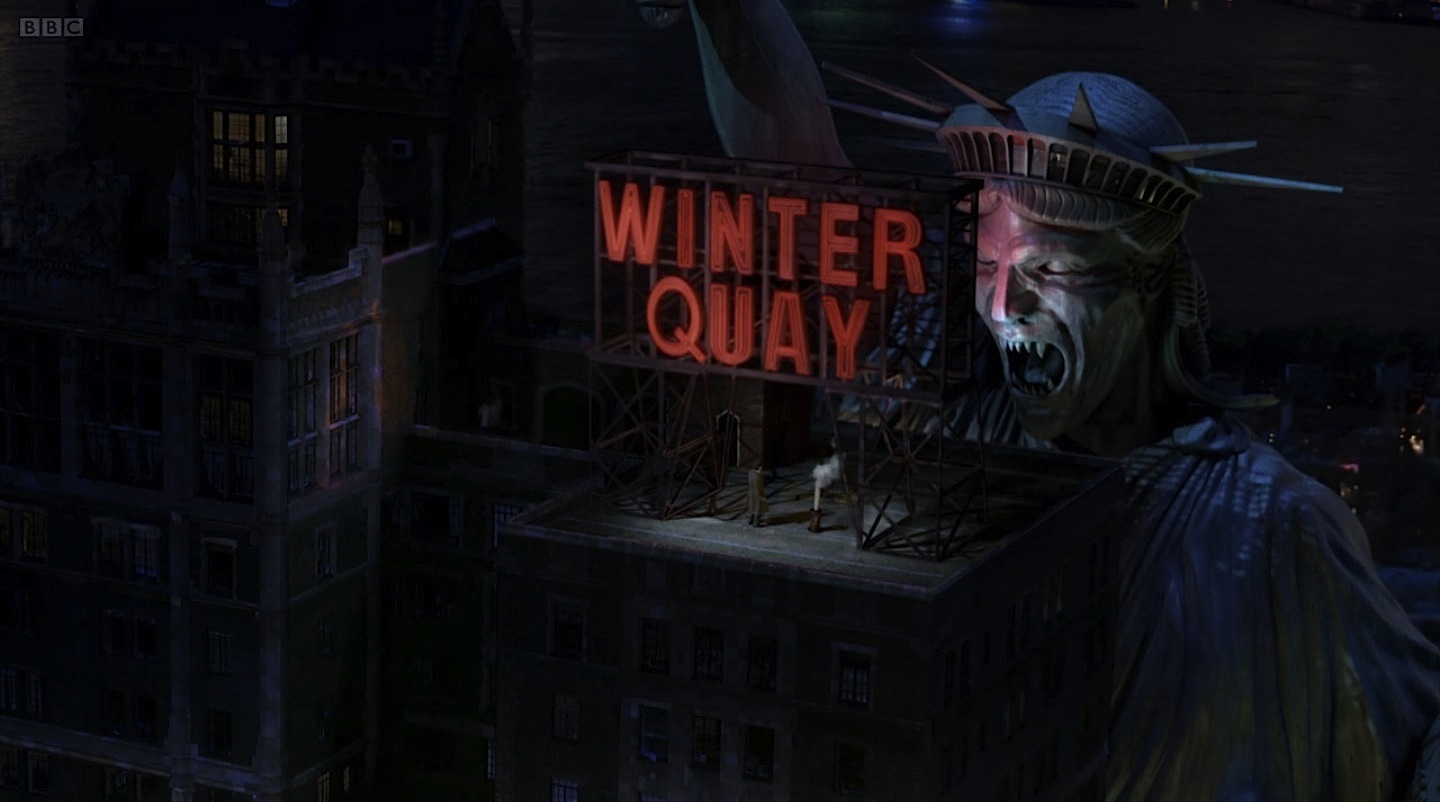
And because Winter Quay has become such a web of temporal activity, it’s vulnerable; the smallest paradox can tear it apart. And this is what happens. In the episode, Rory is taken by a Weeping Angel and becomes trapped in the apartment. Amy Pond, therefore, takes it upon herself to rescue him by stopping the Angels from ever zapping him in the first place. To do this, she and Rory throw themselves off a building, creating a paradox so massive it, effectively, destroys Winter Quay and sets everything right.
That is, until Amy Pond and Rory discover a headstone with Rory’s name on it, saying he died at the age of 82. Moments later, he is taken by a Weeping Angel and sent back in time. Amy Pond, ever committed, decides to rescue him by allowing the Angel to take her too; she can go into the past and live out her days with her beloved husband.
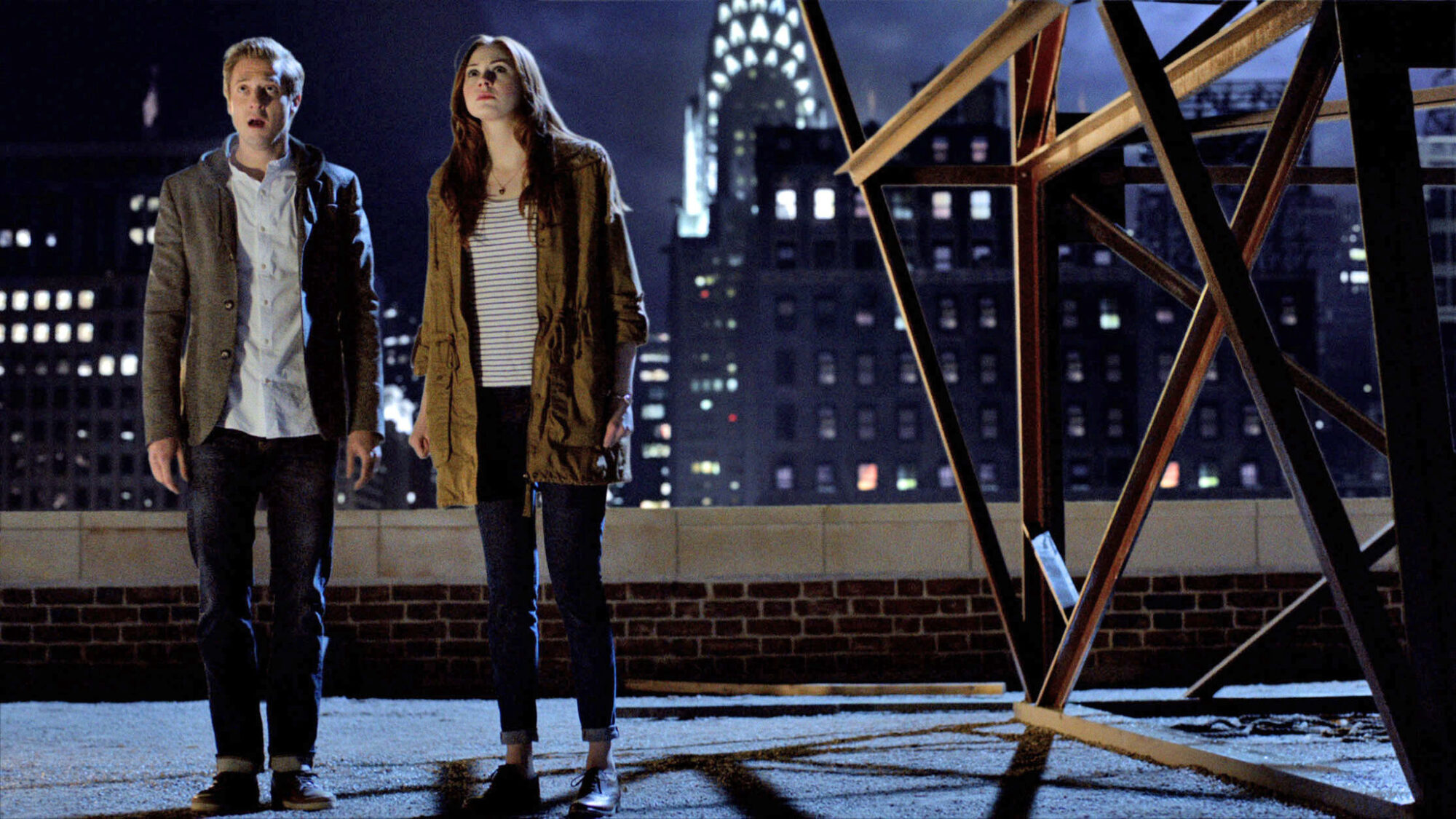
The Doctor, however, doesn’t want her to do this. If she goes, he claims that he will never be able to see her again. Owing to the temporal instability of Manhattan, caused by the Angels, he can’t ever land the TARDIS in New York. And he can’t go back and save her, or Rory, as this would create another paradox, and at this stage such an event would tear the city apart.
Amy Pond, of course, decides that her true loyalty lies with her husband and, in a tear-filled moment, she turns to the Time Lord and says: “Raggedy Man, goodbye!” And then she’s gone.
Naturally, the Doctor is devastated. But Amy Pond hasn’t left him completely bereft; she has left an afterword in a book that was written many decades before. “Hello, old friend,” she says, “By the time you read these words, Rory and I will be long gone. So know that we lived well, and were very happy. And above all else, know that we will love you always.” It’s a poignant and emotional moment, but it does beg the question: Why, exactly, can’t the Doctor visit her? It’s clear why the TARDIS can no longer land in NYC, but why can’t he land his machine elsewhere on planet Earth, and simply take the ferry over?
There aren’t any easy answers to this question. Presumably, if the Doctor were to take the TARDIS back to, say, the 1940s and take a boat to NYC, this in itself would affect the timeline; perhaps Amy wouldn’t have written the afterword, and perhaps this would have been enough to threaten the fabric of reality. Certainly, the notion that Amy Pond and Rory could have jumped on the boat with him and sailed back to the TARDIS so that they could escape would have meant that the gravestones no longer existed, thus creating a paradox and destroying New York.
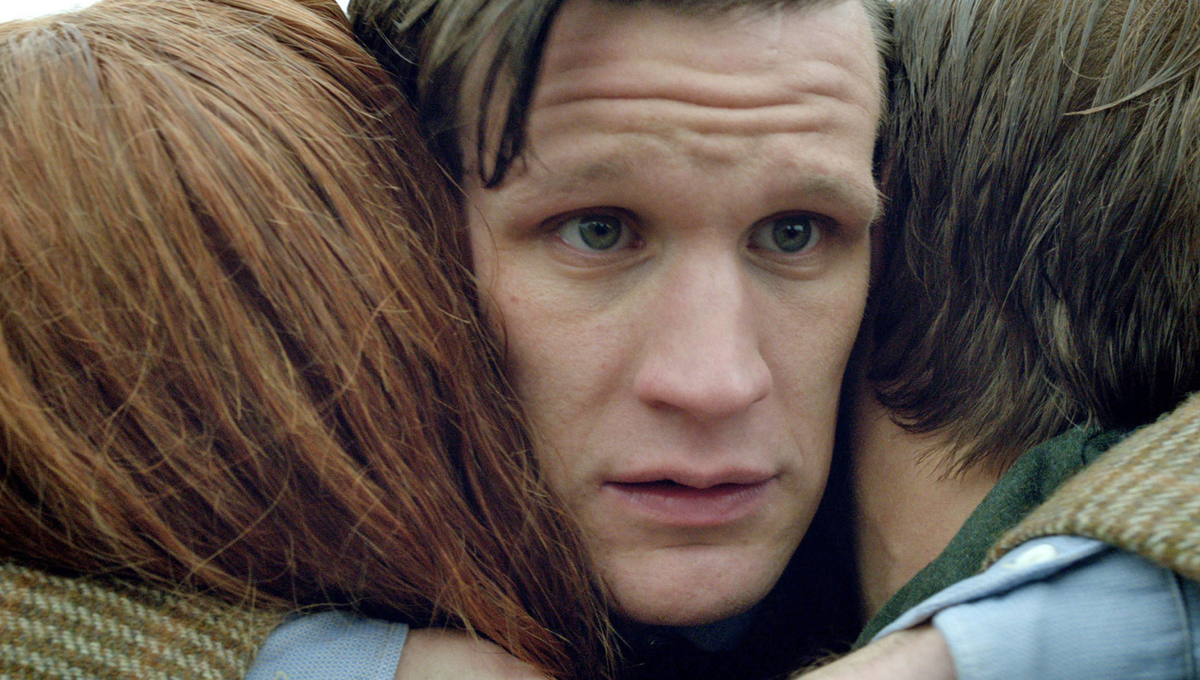
The event is given more weight by the fact that the Doctor warns Amy Pond that, if she decides to join Rory, she will create “fixed time.” This is a big no-no in Doctor Who – or at least, meddling with fixed time is a big no-no, as it can destroy reality itself (see ‘The Wedding of River Song’ for more details.) And this constitutes fixed time because the gravestone has already been witnessed. Once seen, it cannot be unseen, otherwise ‘boom.’ Or something.
The short answer, then, is that any future interaction between Amy Pond and the Doctor would be enough to destroy the whole universe – and the TARDIS cannot return to Manhattan under any circumstances due to the temporal instability left behind by the Weeping Angels, and the paradox Amy created when she saved Rory.
Now all we have to do is ignore the fact that the TARDIS visited Manhattan in ‘The Return of Doctor Mysterio,’ and we’re all set.
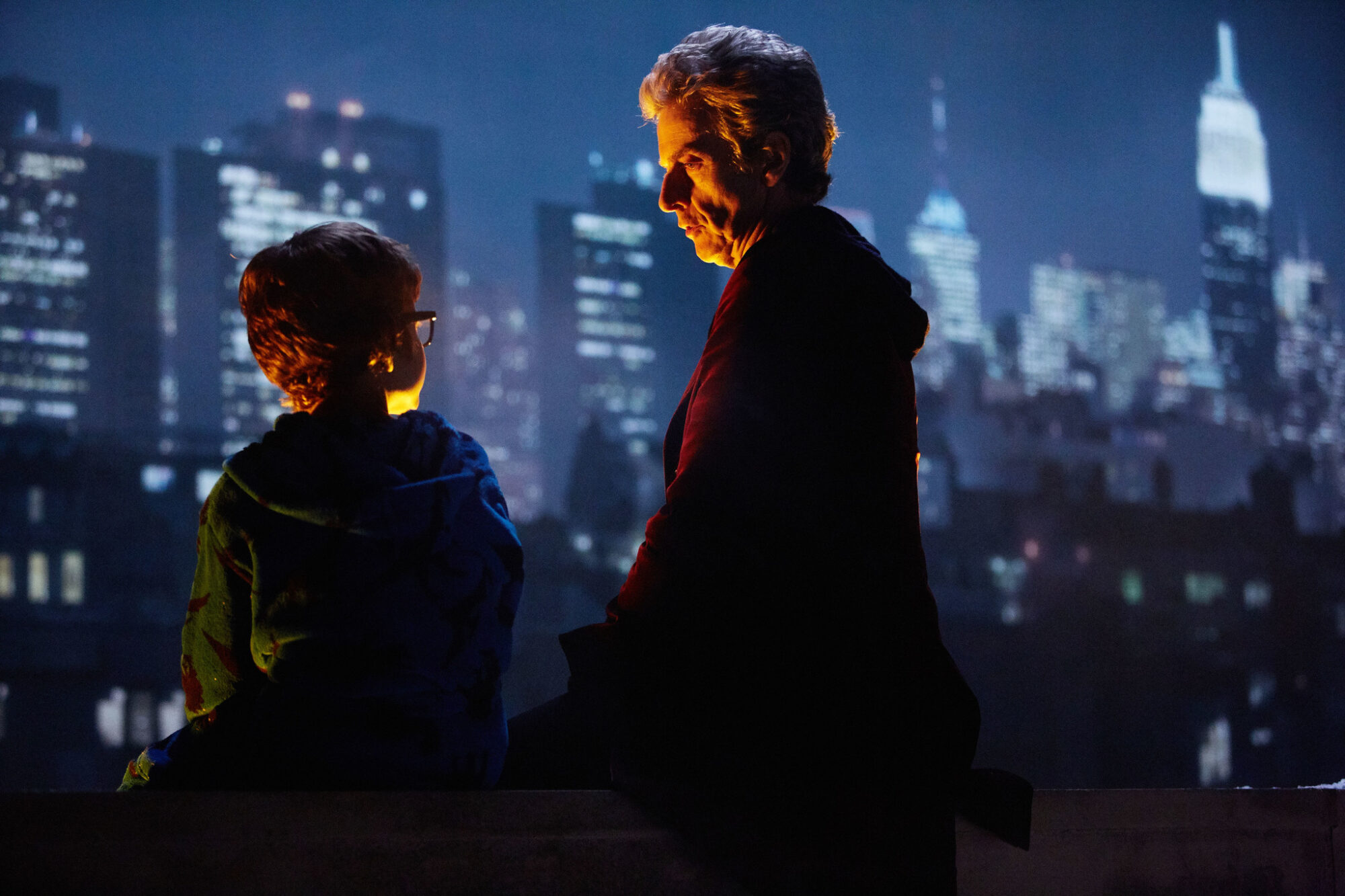
Feeling confused yet? You’re not alone. Perhaps the simplest explanation for why the Doctor can’t go back for Amy Pond is because it’s more emotional and dramatic this way, and because Karen Gillan wanted to leave. Amy Pond died of old age, and “that’s alright, then!”
But over to you, internet. Why do you think the Doctor is unable to see Amy and Rory again? And is the TARDIS really forbidden from ever landing in Manhattan? Let us know in the comments below.










Leave a Reply